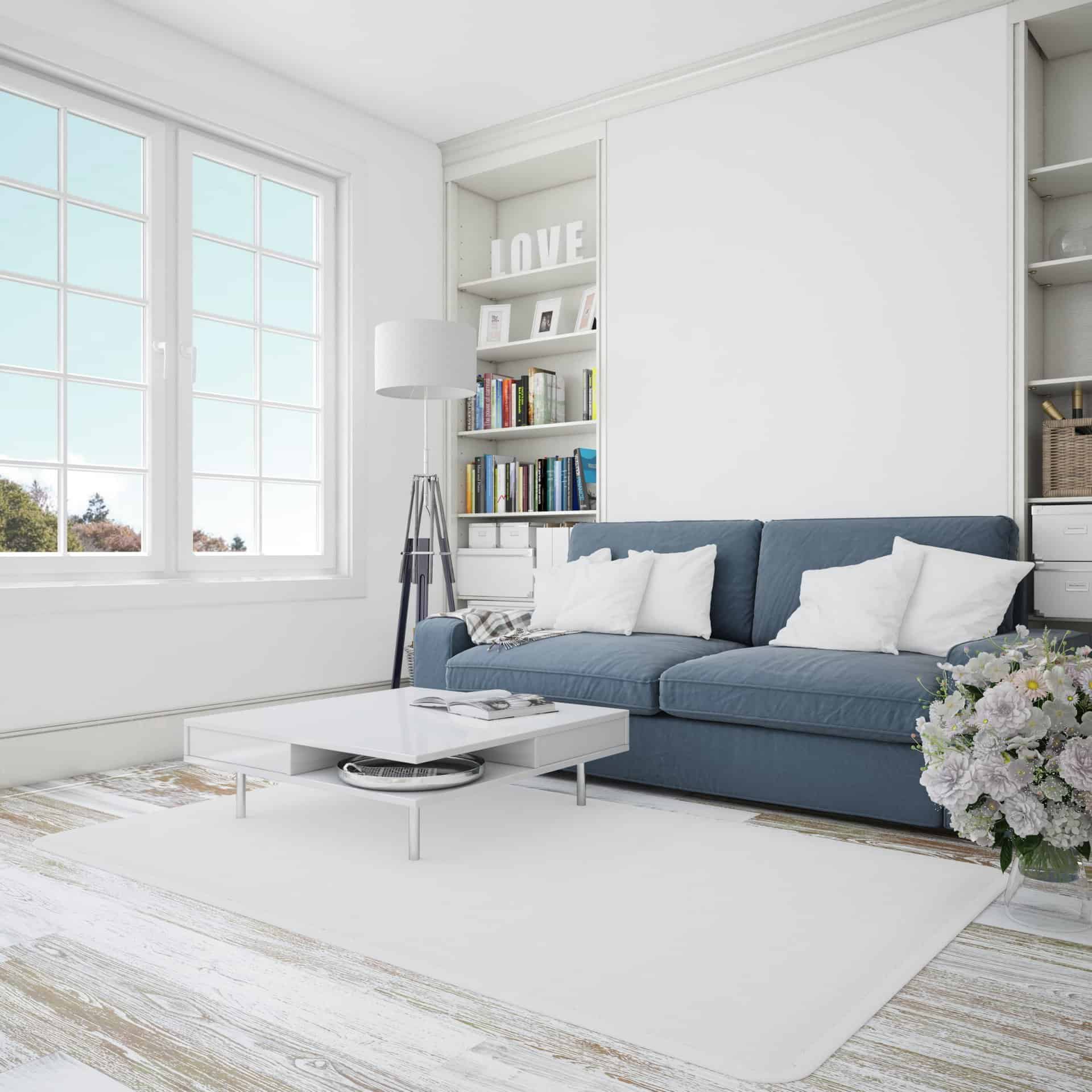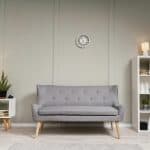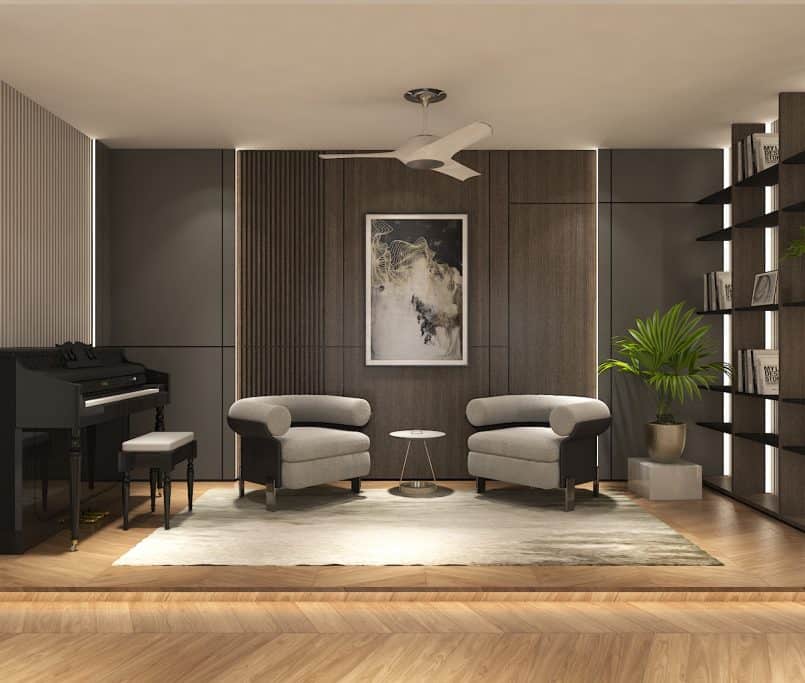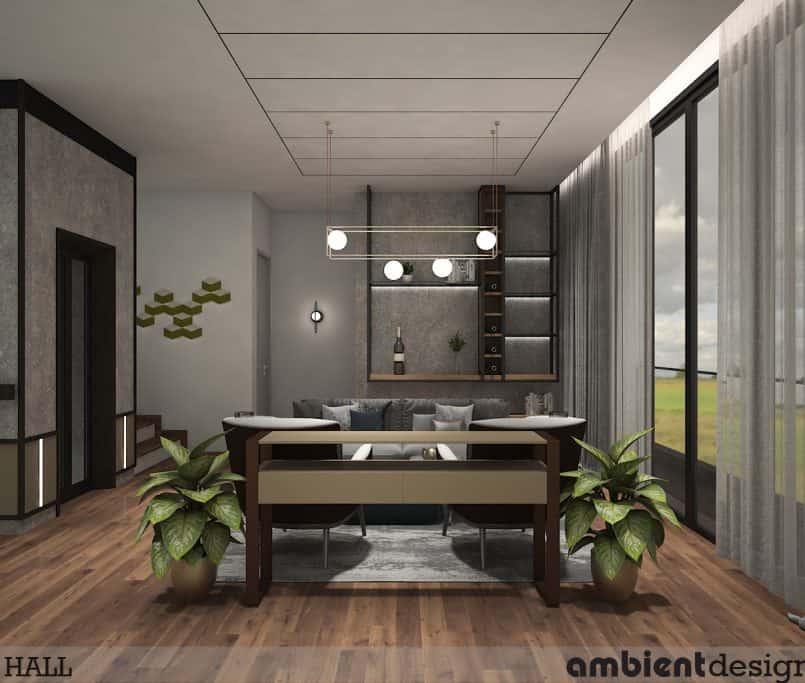5 Principles of Interior Design
5 Principles of Interior Design
In interior design, there are 5 major principles that every interior design firm in KL uses. Why do they use these principles? It’s because these principles make interior designing into what it is. The 5 important principles are balance, rhythm and repetition, emphasis, proportion and scale, and last but not least, harmony.
Balance
Everyone knows what balance is. In interior designing, balance it’s a major thing. The way to get balance in interior design is to carefully place objects within a space in the room, giving it some sense of stability. It requires all the elements of interior design that could influence the stability of it all.
Everything from size, texture, colour and shape of a certain piece of furniture could change everything. For example, a darker and complex shapes object or furniture make it feel much more heavier, and it requires a balanced placement of these equally heavy objects or multiple less heavy objects.
Formal or Symmetrical. This balance creates an effect that gives out a formal and precise feeling. Informal or Asymmetrical, gives out a feeling of equality on both sides despite the different look. If you are a fan of something more casual and relaxing in a space, this is the perfect balance for you.
Asymmetrical balance focuses more on the visual weight of objects. It doesn’t utilize a repeat usage of items within a space. It uses various different elements with a similar perceived weight to achieve balance. The spaces are more dynamic and less rigid as it uses various different objects. These objects work together and in the end, it achieves balance.
Rhythm and Repetition
How is rhythm created in interior design? Rythym in interior design is created by the repetition of certain things. These certain things can be lines, form, colour and etc in creating a visual link. This rhythm invites your eyes to start moving across the space in a choreographed way. Your eyes will then focus on the the focal points and their placement, shape, colour and texture that forms a rhythm through the pattern of the space.
The repetition will then create a link within the space. For example using a repetition of pattern, shape, colour and accessories.
Emphasis
Focusing on the focal points, that what creates the centre of attention. Focusing on what your eyes will catch the attention of as you walk into a room. Without this focus, the room becomes a bit monotone and drab. You definitely don’t want the room to be boring and monotonous right? So focus on your focal points.
Your focal point should be placed with proper consideration. Your focal point should be placed with proper consideration. It should be placed within a good space. For example the wall space at the end of the hall, or in the centre of a room.
Proportion and Scale
We can’t emphasize how important size and a relationship between the objects are. It doesn’t depend entirely on the size though. It’s a relationship between both proportion and scale. For scale, it is important to understand that scale is based on the perception of an item or space to a certain size.
Sometimes an objects relatability with one another in a certain space can create a balanced and interesting setting. For example, 4 different portraits lined up perfectly on a wall would look very elegant.
These pieces relate to each other and with the space around them. This is usually referred to as negative space. A very important concept relating to the placement of artwork and every form of design. Space around an object is typically affected by the surrounding shapes and size. So always be mindful of the proportion and scale.
Harmony
When everything is done, harmony is achieved. The end result for when design elements and principles are harmonized with each other. This brings out the balance, rhythm and proportion in a space which then brings out the element of colour, texture, pattern and shape into a working relationship between them with space, light and structure.
Ambient Design Studio Interior Design Firm KL follows both the principles and elements of interior design. We can ensure that whenever we do a project, we follow these principles and elements. Our skills combined with our experience, we can assure you that the end result is a success. Click here to find out more about our services.







